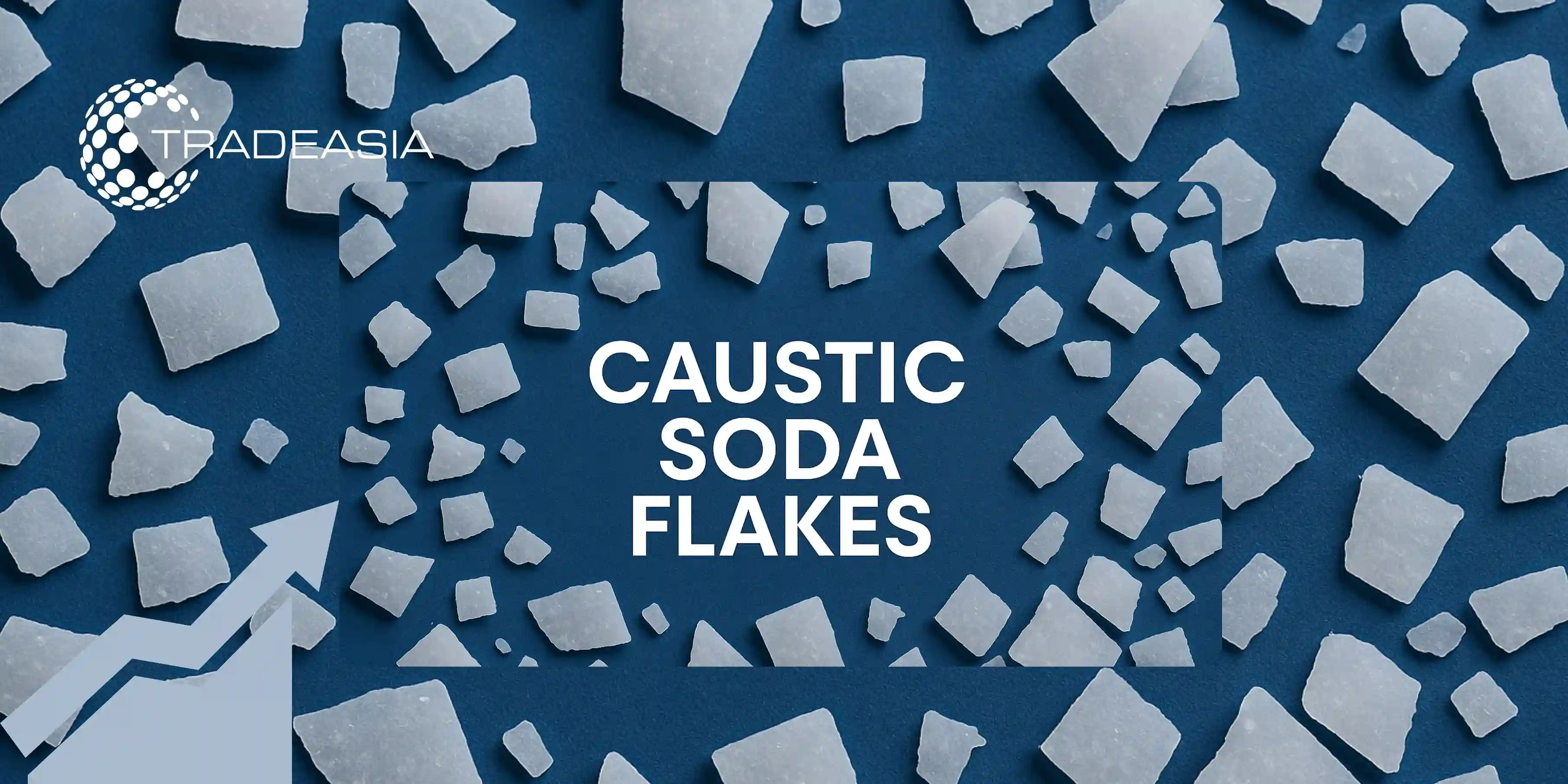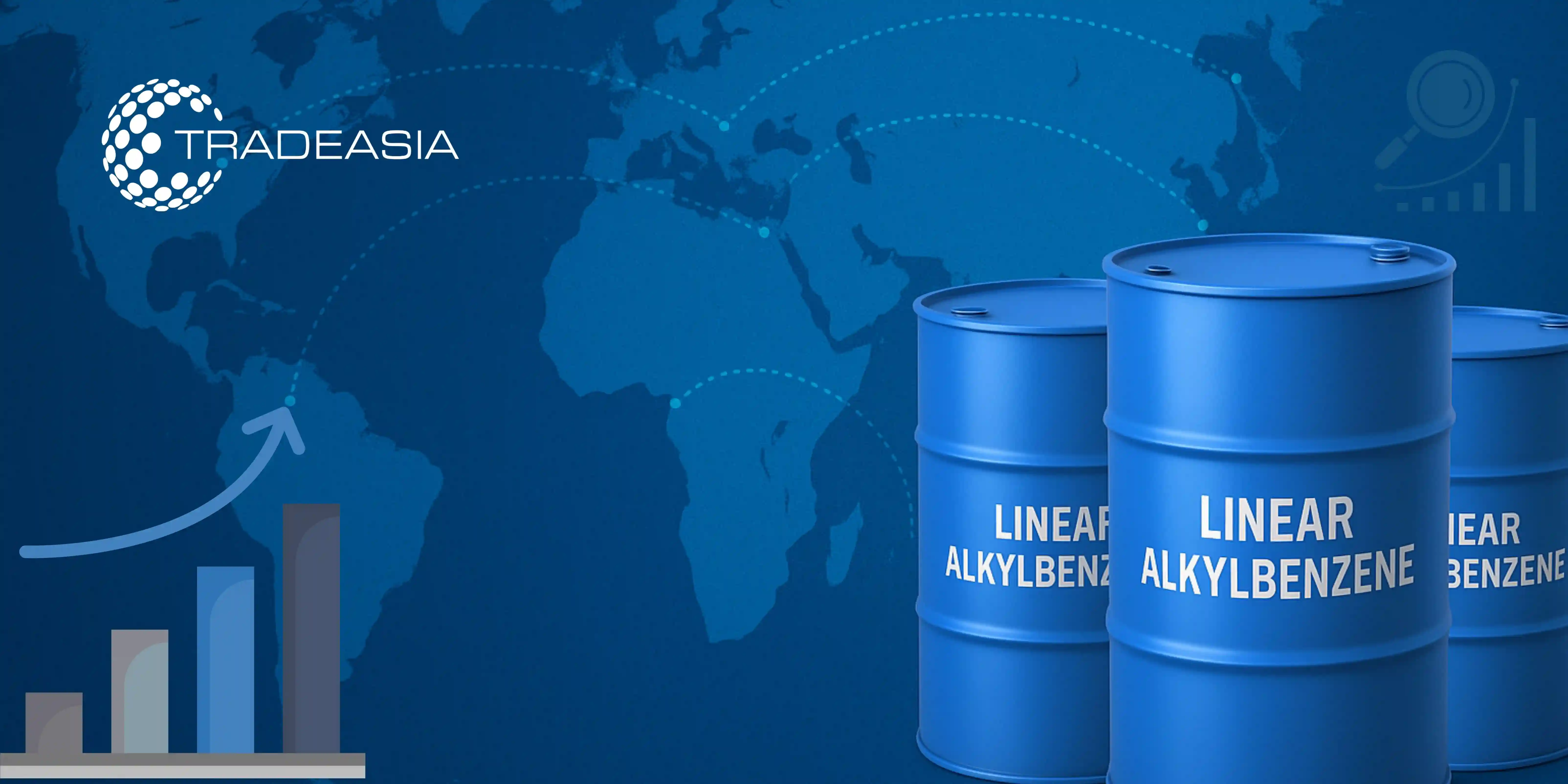Caustic Soda Flakes, a solid form of sodium hydroxide (NaOH), is a key industrial alkali widely used across industries such as pulp and paper, textiles, chemicals, and water treatment. From 2025 to 2033, the global market for caustic soda flakes is projected to witness significant growth due to rising industrial production, expanding manufacturing capacity in emerging economies, and robust demand from both traditional and new application areas.
In the global supply chain, caustic soda flakes hold strategic importance as both a raw material and a processing aid. The compound’s versatility in handling processes ranging from neutralization to chemical synthesis makes it indispensable. Its high reactivity, strong alkalinity, and relatively stable storage characteristics provide industries with a reliable input that can be transported and stored with fewer safety challenges compared to liquid sodium hydroxide.
The period between 2025 and 2033 will likely see new investment opportunities in caustic soda production, driven by shifts in global trade patterns, environmental regulations, and advancements in energy-efficient production technologies. Understanding market trends, pricing dynamics, and growth opportunities will be essential for manufacturers, traders, and industrial end-users aiming to secure competitive advantages.
Global Market Size and Growth Forecast
The global caustic soda flakes market is expected to register a compound annual growth rate (CAGR) of 4.5% between 2025 and 2033, reaching an estimated value of USD 65 billion by the end of the forecast period. The steady growth trajectory is supported by the increasing adoption of caustic soda in water treatment facilities, textile processing, and alumina refining.
Growth in the Asia-Pacific region is anticipated to outpace other markets due to rapid industrialization in China, India, Indonesia, and Vietnam. In contrast, mature markets such as North America and Western Europe are expected to see slower but stable growth, driven mainly by replacement demand and compliance with environmental regulations. Emerging economies in Africa and Latin America represent untapped potential for market expansion, as infrastructure development and manufacturing capabilities are gradually increasing.
Factors driving this growth include the expansion of pulp and paper mills, growing textile exports, urbanization-led water treatment projects, and the resurgence of alumina production in certain regions. Additionally, the ongoing shift towards sustainable manufacturing practices is prompting industries to upgrade their chemical processes, further boosting caustic soda demand.
Price Trends and Forecast 2025 - 2033
Caustic soda prices are historically influenced by multiple factors, including raw material costs, energy prices, production capacities, and supply-demand imbalances. Between 2025 and 2027, prices are expected to remain moderately high due to tight supply in certain regions and rising energy costs linked to global energy transition policies.
In the medium term (2028-2030), prices may stabilize as new capacity expansions come online, particularly in Asia-Pacific and the Middle East, where cost-efficient chlor-alkali plants are being built. However, global shipping costs, geopolitical tensions, and trade policies will continue to affect price volatility.
By 2031–2033, the market may face mild downward pressure on prices as technological innovations in membrane cell production reduce production costs, leading to greater price competitiveness. Nevertheless, long-term pricing will remain linked to demand from major consuming industries and the global economic outlook.
Key Industrial Applications
Caustic soda flakes are essential in multiple industries due to their strong alkaline properties:
-
Pulp and Paper Industry: Used in pulping and bleaching processes to improve paper quality and whiteness.
-
Textile Industry: Plays a critical role in mercerization and dyeing processes, enhancing fabric strength and dye uptake.
-
Chemical Manufacturing: Acts as a precursor or reagent in producing a variety of chemicals, including solvents, plastics, and synthetic fibers.
-
Water Treatment: Used to neutralize acidic waste streams and adjust pH levels for safe discharge or reuse.
-
Alumina Refining: Critical in the Bayer process to extract alumina from bauxite ore.
These sectors collectively represent over 70% of global caustic soda flakes consumption, highlighting their central role in industrial operations.
Regional Market Insights
-
Asia-Pacific
Asia-Pacific dominates the global caustic soda flakes market, accounting for more than 55% of total consumption. China remains the largest producer and consumer, supported by its vast chemical manufacturing base and significant demand from alumina refineries. India’s consumption is rising steadily due to investments in water treatment, textile processing, and paper production.
-
North America
In North America, demand is driven primarily by the chemical and pulp & paper industries. However, strict environmental regulations and high energy costs may limit production expansions, making the region more dependent on imports in certain seasons.
-
Europe
European demand is stable but limited by slower economic growth and strong environmental compliance requirements. Nevertheless, specialty chemical manufacturing and water treatment sectors ensure continued steady demand.
-
Middle East & Africa
The Middle East is emerging as a competitive exporter due to low-cost energy and strategic proximity to Asian markets. Africa’s growth potential lies in infrastructure development, where water treatment chemicals, including caustic soda, are increasingly required.
Supply Chain and Trade Dynamics
Global trade in caustic soda flakes is influenced by both domestic production capabilities and international trade flows. Key exporting countries include China, the United States, Saudi Arabia, and South Korea. Import-dependent countries often face supply risks due to geopolitical tensions, port congestion, and changes in trade tariffs.
Advances in bulk packaging and containerized transport have improved supply chain efficiency, allowing exporters to reach distant markets more competitively. Strategic partnerships between producers and distributors are becoming common to ensure consistent supply, especially in volatile markets. The growth of e-commerce platforms for B2B chemicals is also reshaping the procurement landscape, enabling smaller buyers to access competitive prices and secure supplies without traditional intermediaries.
Business Opportunities 2025 - 2033
The caustic soda flakes market offers several business opportunities:
-
Capacity Expansion in Low-Cost Regions: Building production facilities in regions with abundant salt and cheap energy sources.
-
Downstream Product Integration: Investing in value-added products such as PVC, alumina, and specialty chemicals to capture more of the value chain.
-
Sustainable Production Technologies: Developing energy-efficient membrane cell processes to reduce carbon footprint.
-
Export-Oriented Strategies: Leveraging free trade agreements and strategic port access to capture growing demand in emerging markets.
Investors and producers who align with these opportunities are likely to benefit from long-term market growth.
Conclusion
The global caustic soda flakes market from 2025 to 2033 is set for steady expansion, underpinned by robust industrial demand, infrastructure development, and technological advancements in production. Price trends will continue to reflect regional supply-demand balances, energy costs, and global trade dynamics.
Asia-Pacific will remain the growth engine, but opportunities also exist in emerging markets in Africa and Latin America. Strategic investments in production efficiency, sustainability, and supply chain resilience will be critical for capturing value in this competitive market. For stakeholders across the value chain from producers to end-users understanding these dynamics will be key to navigating market shifts and capitalizing on the many opportunities ahead. For strategic sourcing and reliable supply of caustic soda flakes to meet your industrial needs, contact our experts today.


Leave a Comment